What is CRO in Marketing, SEO, and Online Business?
The challenge in online marketing is to develop and sustain a consistent form of customer growth. This has led to the creation of the term conversion rate optimization (CRO). But what is CRO in marketing? In this post, we’ll answer that question in detail.
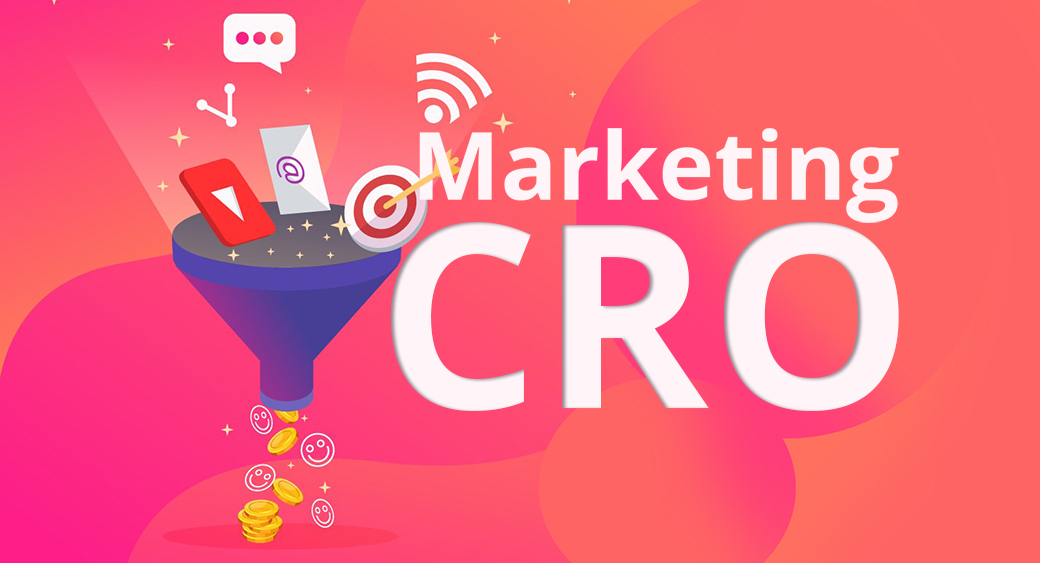
In the modern world, running a business without a strong presence on the internet is impossible. The web has become an industry of its own, with entrepreneurs and venture capitalists looking to bring new ideas to market on a digital platform.
At the end of the day, the Internet is a consumer-focused enterprise. Companies need to identify their desired audience and then target those people with a specific marketing strategy. Each time an online user becomes a full-fledged customer that is considered a successful conversion.
Keep reading for a comprehensive look at the CRO best practices this year and the purpose behind each.
Basics of CRO in Marketing
As we walk through the fundamentals of CRO digital marketing, we’ll focus on one use case to illustrate different points. Let’s imagine that you have just launched an online business focused on fitness and nutrition. To start, you have built a website that lets users track the calories they eat and burn. In addition, you might be considering the addition of meal-delivery packages to your business offering.
This new business is set up to function in two primary channels. First, you are offering a web-based product that will require paying subscribers. Second, you are selling a physical good – the meal-delivery packages – for customers to purchase on-demand. Both models can benefit from a CRO marketing strategy.
No online business can survive without web traffic. Traffic includes any visitor or pageview that is loaded from a person’s computer or mobile browser. But having high traffic numbers is not enough to guarantee financial success online. CRO in marketing is the practice of building sustained growth in customers and profitability.
For our fitness and nutrition company, conversions would be tracked in two ways. The first would be each time a new user signs up for the online calorie tracking tool. The second type of conversion would be any purchase of a meal kit package for delivery. But what is CRO marketing and how does a young company achieve it?
How SEO Works Today
As discussed, an online company cannot begin to focus on their CRO marketing strategy until they have acquired a high amount of web traffic. Not every user who visits a website will become a paying customer, and in fact, most conversion rates online are relatively low. But in general, if you understand what is CRO in marketing, the growth of traffic numbers should lead to a boost in conversion rates.
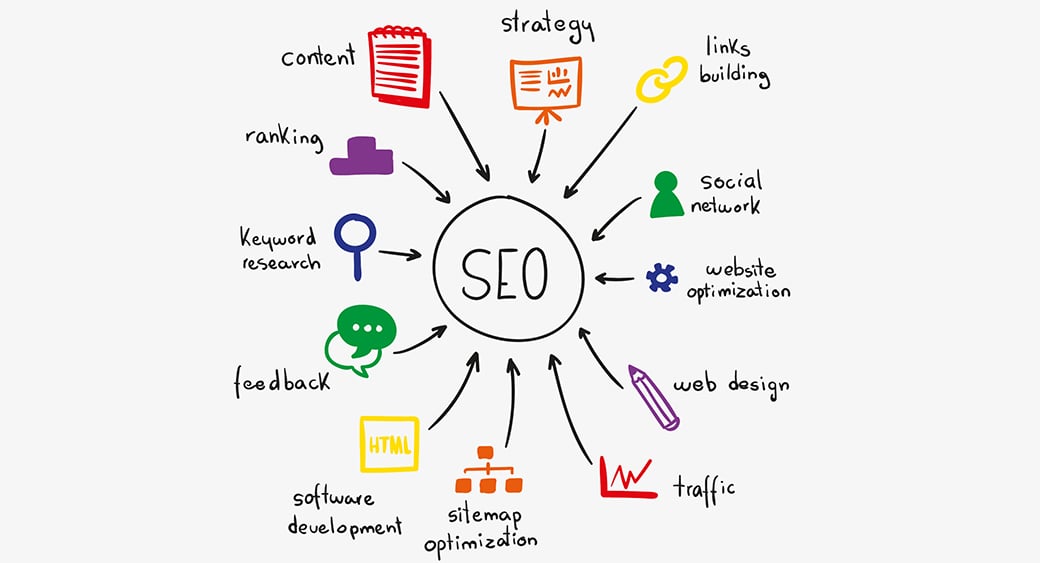
Growing web traffic in a purely organic manner is difficult to do. URLs can be hard to remember and are rarely passed by word of mouth. When discovering new sites and online businesses, the vast majority of internet users rely on search engines like Google or Yahoo.
Search engine optimization (SEO) is the practice of improving your site’s reputation and performance in online searches. The logic is pretty simple: the higher up that your URL appears in search results, the more likely it is that users will click on the link. But perfecting an SEO strategy is no easy feat.
Search engines operate around keywords. They send web crawlers across the internet to index every webpage they can find and scan the text for notable words and phrases. Then those keywords can be used to generate search result lists. As an online business owner, you need to build your website with useful content and emphasize the keywords most related to your industry.
For example, our fitness and nutrition website would want to focus on keywords related to health, wellness, and food. Search engines look for keywords that are used cohesively in relevant content. Even if you don’t have a ton of experience with HTML coding, you can still take steps to drive your website higher on search engines with good SEO practices.
Researching Your Market
Let’s get back to the discussion about CRO in marketing. Because even if you have the best search keywords and the highest SEO rankings, there is still no guarantee that your online venture will get off the ground. Your CRO marketing strategy needs to be directly integrated with your business plan in order to achieve maximum success.
For most digital companies, the key to digital marketing is to start small and build a strategy for expansion. Instead of trying to target all of the billions of internet users around the globe, it’s more effective to focus on a specific region or demographic. This target audience will drive how you present your brand and customize your products.
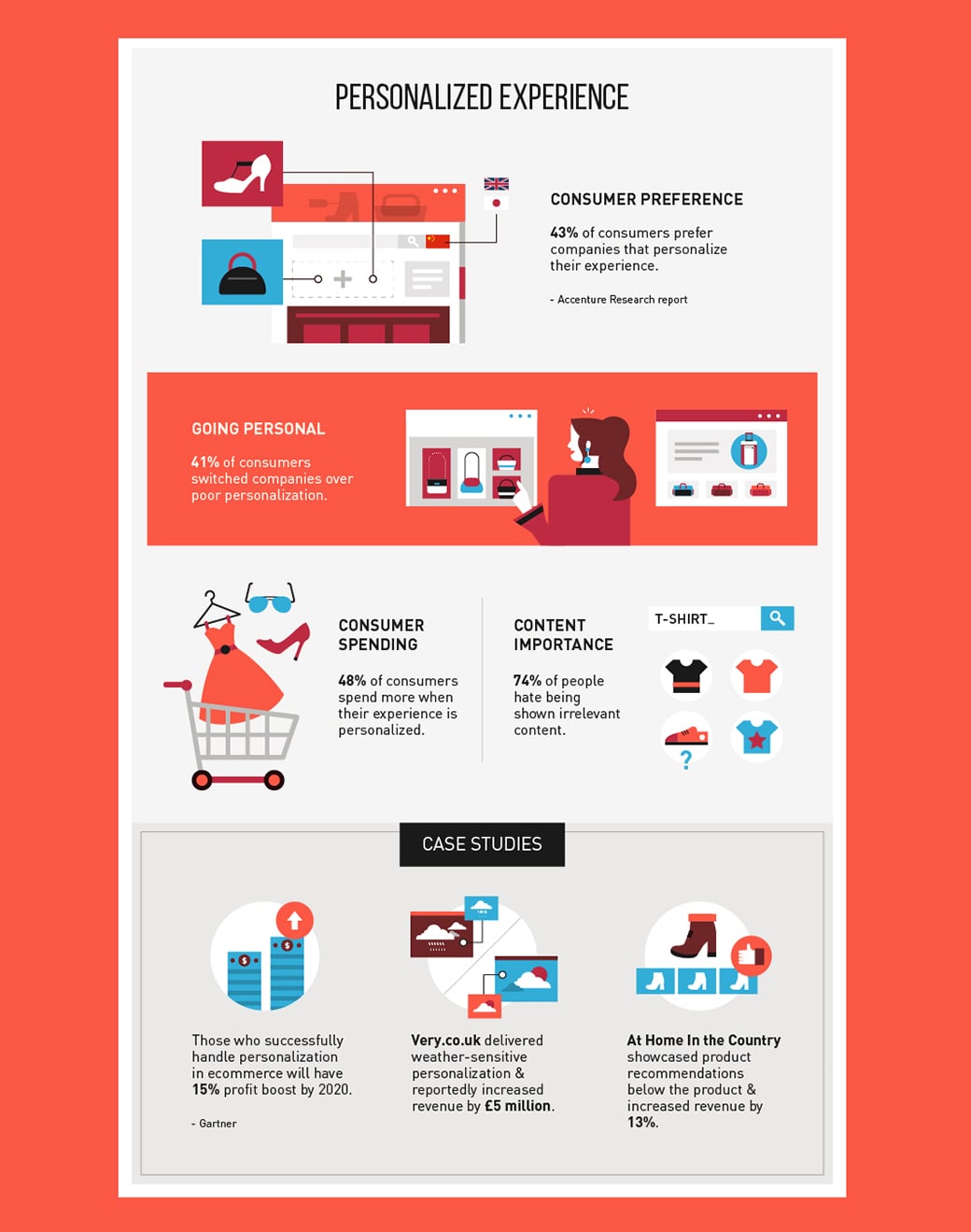
As a general rule, it’s smart to do as much market research ahead of time before launching your website and business to a wide audience. That way, you can understand what consumers are looking for instead of risking your profitability on a hunch. Market research should be done with a diverse set of potential users who can verbalize what they like and don’t like about your product plans.
In the case of the fitness and nutrition company, we would want to survey health-conscious people about what types of features they’d be looking for in a new digital calorie-tracking tool. For the meal package service, it would be important to understand the types of diets consumers may be interested in, such as low-calorie, gluten-free, or vegetarian.
Strengthening a Sales Pipeline
As your online business begins to mature and traffic numbers become more consistent, you will want to develop a sales-focused team within your organization. This effort should focus on what is CRO in marketing because sales and conversions are directly tied together.
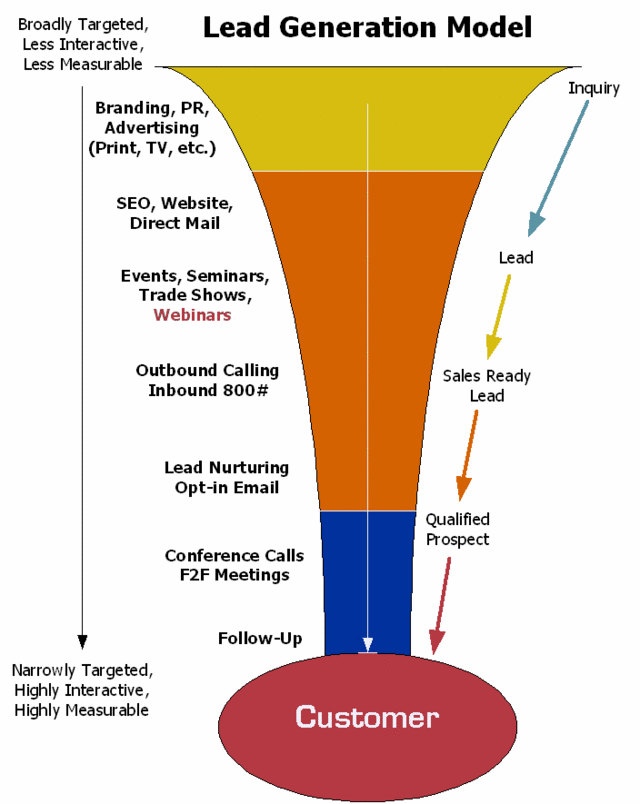
In most online companies, the sales team focuses on a pipeline of potential leads. Any new visitor who comes to the website or expresses interest in a product should be considered as an opportunity for a conversion. The challenge for the sales team is to build a CRO digital marketing strategy with a reliable level of success.
A conversion rate is actually a very simple calculation to perform. You just divide the number of conversions during a period of time by the number of unique visitors to the site over the same timespan. For example, if the fitness and nutrition website has 1,000 unique visitors on Monday and gets 100 users to sign up for a subscription, then the conversion rate for the day is 10%.
It’s up to the leader of a business to determine a revenue goal. With that number, the sales team can calculate how many new conversions they need during a quarter or fiscal year. If the current conversion rate will not meet the growth goal, then the best practices of CRO digital marketing can help.
The Value of Blogging
As discussed earlier, search engines sift through all the HTML code on a website to pull out keywords and useful information. Having a larger quantity of text content doesn’t guarantee that your business will get more traffic, but it can help to diversify your audience, especially when the content is of high quality.
You might think of blogging as an activity reserved for people involved in politics, news, or sports. However, any individual or company can start a blog relevant to their industry. This often turns into a valuable aspect of a CRO marketing strategy because of the SEO benefits that come along with it.
One big advantage of blogging is that it creates new content on a regular basis. Most of the pages on your company’s website are likely static, but with a blog, you can add short posts every day and give search engines more information to index. Keep in mind that blog content should always tie back to your brand and industry focus.
When it comes to blogging, you want to assume that your readers are a combination of current customers and potential conversions. For this reason, it’s important to include hyperlinks to the sales-focused parts of your website. CRO in marketing is all about taking web traffic and turning it into real customers.
What is CRO Marketing Performance, and How To Measure It?
When working to build a web company and an understanding of CRO in marketing, you have to keep in mind that there are a number of factors that contribute to a person’s decision to spend time or money on a website. Even if you have the best SEO reputation and highest quality content, you can’t guarantee a high conversion rate.
Some new companies take speed and performance for granted. They assume that because most of the world has access to fast broadband or wireless internet that page load times will be comparable everywhere. In reality, the time it takes for a website to load can actually play a role in how users feel about it.
The way your website is programmed in HTML and Javascript will certainly have an impact on performance, but even the most efficient code can still be slowed down by a poor hosting strategy. Nowadays, few companies run web servers locally or manage their own data centers. Instead, businesses have shifted to the cloud model, where you essentially rent hardware resources from a provider.
When choosing a web hosting provider for your online company, make performance a top priority, even over price. Often, cheap hosting services throttle your bandwidth speeds and leave your customers unhappy. In order to support your CRO marketing strategy, your website needs to run on a reliable, fast cloud platform.
Building a Platform for Success
Technology has evolved to such a degree that you can start building a website with little to no programming knowledge. You’ll find a wide range of drag-and-drop tools online to help you design and construct a modern-looking site. These website builders have intuitive interfaces that let you easily add or rearrange content blocks of text, images, or video.
But can you trust a website builder when it comes to CRO in marketing? The answer is yes, especially for static pages on your company’s site and any blogs you decide to start. Website builders make it easy to spin up a new webpage in a matter of minutes, which can make your entire CRO marketing plan more efficient.
You might come across rumors on the internet that sites built with drag-and-drop tools perform the worst when it comes to SEO ratings. This is not reality, as search engines have no way of distinguishing between how a website is constructed. All that matters is that you choose a website builder that supports keyword tags and other HTML metadata attributes.
Leveraging the Power of Analytics
CRO digital marketing is often focused on the future. As an online business, you want to spend your time, effort, and money on gaining new customers at a faster rate. But in order to accomplish that goal, you actually need to dig into the past and learn from your own recent history.
The function of website analytics is crucial to understanding what is CRO in marketing. When you enable an analytics tool on your site, it stores a record of every single time a page is loaded by a user’s browser. This is how you determine your current traffic levels and the number of unique visitors you have every day, week, or month.
But modern analytics tools can go many steps beyond simple page statistics. With the help of browser cookies, you are able to track how users find and access your website. The analytics tool like Google Analytics and Google Search Console will show you a breakdown of traffic that comes from search engines versus referral links from social media.
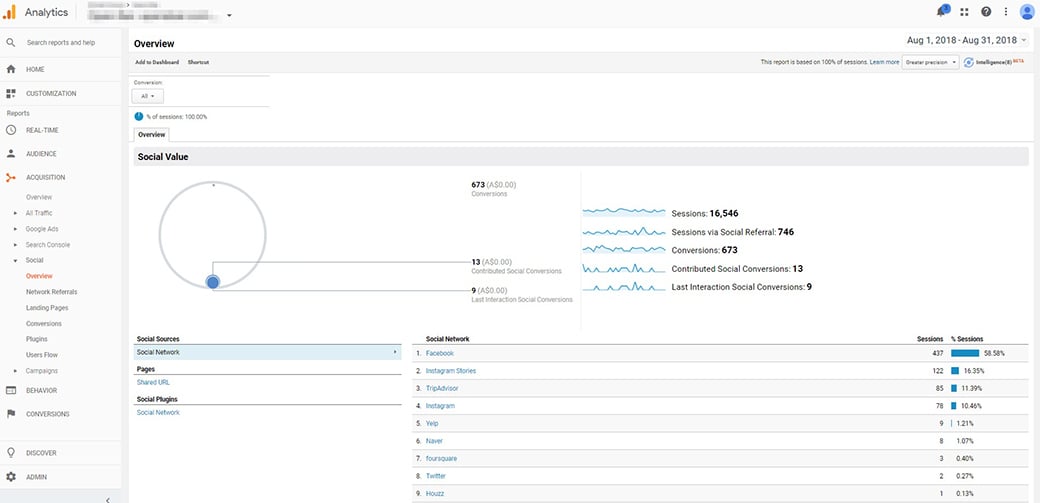
Analytics is also extremely helpful when it comes to understanding the global reach of your audience and the potential for international conversions. Although IP addresses are not perfect at identifying a user’s geographic location, analytics tools will provide a map showing what regions and countries provide the most traffic to your website.
But what exactly are you supposed to do with all of that data and information? The key is to integrate it with your CRO marketing strategy in a progressive manner. Analytics tools will help you track each conversion you make and how that rate compares to your web traffic over time, which can then help to fuel new decisions and growth.
For example, perhaps our fitness and nutrition company has just launched a new blog that offers a different vegetarian recipe each day. Analytics data will show us how many visitors come to the blog and how often one becomes a conversion to our product offerings. If the trend is upward, we may consider increasing the frequency of blog posts.
What is CRO Marketing Automation?
CRO in marketing is a time-intensive activity. You need to track a wide range of data streams and then find ways to synthesize them together while building a strategy for a more profitable future. Technology can help though, especially with new smart tools build on artificial intelligence and machine learning.
In particular, email management is a key place where automation can help your CRO marketing strategy. Obviously you can’t track each individual user’s behavior on your website and try to tailor email messages to meet their needs. But you can invest in an automation tool to simulate such an activity.
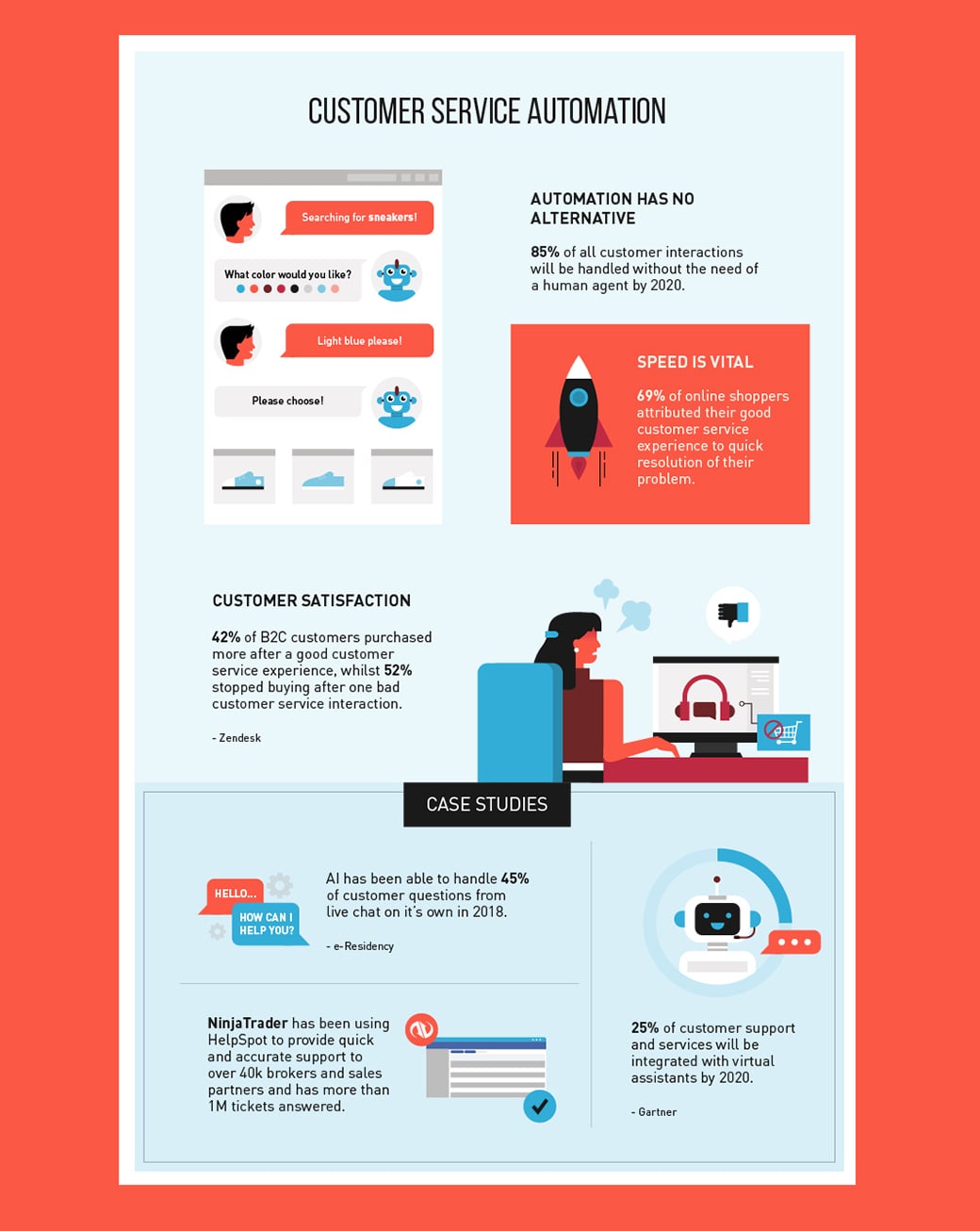
For the fitness and nutrition company, your audience could have a range of goals and reasons for using the site. Some may just want to track their exercise activity, while others are looking for tips to lose weight. An automation tool would be able to use that analytical information to determine what kind of email campaigns to send to each potential customer. The idea is that if a person receives relevant messages, they are more likely to become a conversion and paying customer.
In general, online companies should look for automation solutions to help with any task that is repeatable and data-driven. You may even uncover new opportunities for CRO growth that you did not see before because automation tools can sift through information quicker than humans.
Seeking Feedback
As discussed, online companies can learn a ton of information about their users from analytics and automation tools. But don’t assume that they can tell the full story. At the end of the day, your users are human beings who are looking to the internet for a specific purpose.
To be truly proficient at CRO in marketing, you have to look for opportunities to communicate directly with customers and learn more about their experience with your company and website. A common way of doing this is to send out surveys after purchase or pageview.
Online surveys don’t need to be overly complex to add value to your CRO marketing strategy. In fact, the most common business survey today asks only one simple question: would the user recommend the company to their friends and families? People respond with an answer from 0 to 10, with 0 meaning they are not likely to recommend it and 10 meaning they are very likely. An average is taken from all respondents and the result is called the net promoter score (NPS).
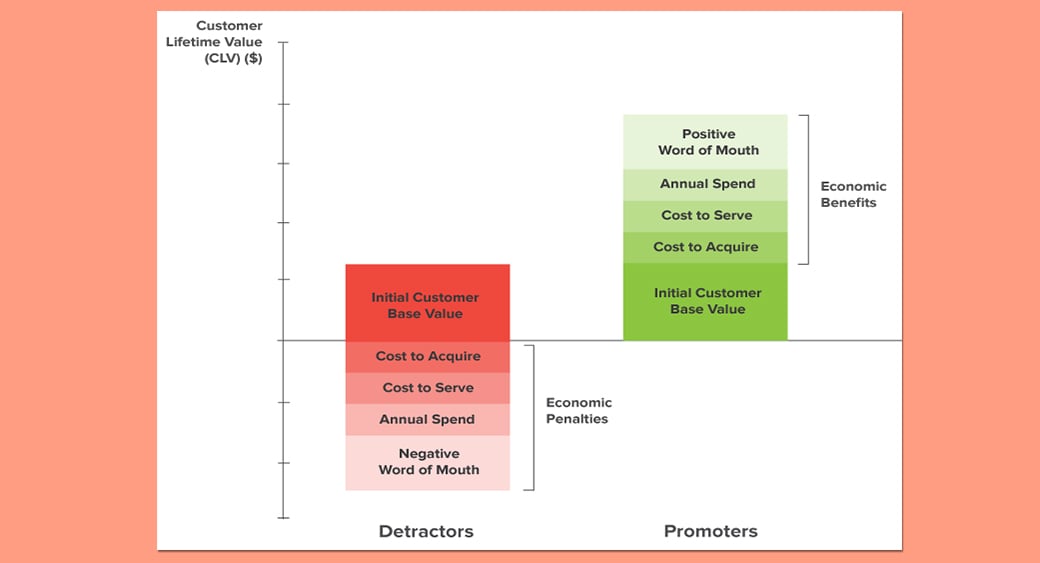
When you receive feedback from website visitors, it’s important to analyze both the positive and negative responses. The goal is to understand what people like and don’t like about the experience on your website so that you can work that into your CRO marketing game plan.
For example, the fitness and nutrition company might run a survey to ask new customers what inspired them to sign up for the service. Perhaps it was a blog entry they read or a social media post they saw. Receiving that information can help you make better decisions on how to spend your marketing effort in the future.
CRO in Marketing – Final Thoughts
CRO in marketing is not a perfect science. Not only do you have to turn website traffic into paid conversions, but then you need to keep that rate of success on an upward trajectory. Fortunately, data and technology tools offer the capability to enhance your CRO digital marketing.
It’s important to keep in mind that CRO involves everyone in an organization, not just the sales or marketing team. You need to have a cohesive strategy set at the management level that can be supported by new or existing tools. The alignment must extend to your content creators and writers, as well as the team developing the actual website and designing the interface that visitors will use.
CRO in marketing is an ongoing activity. Reaching a certain conversion rate doesn’t mean the challenge has ended. Instead, you must consider looking for new ways to optimize your marketing strategy and find sales leads in places where you’ve never looked before. CRO is all about growing your business in a consistent manner, and the internet is a great place to accomplish that goal.




Leave a Reply